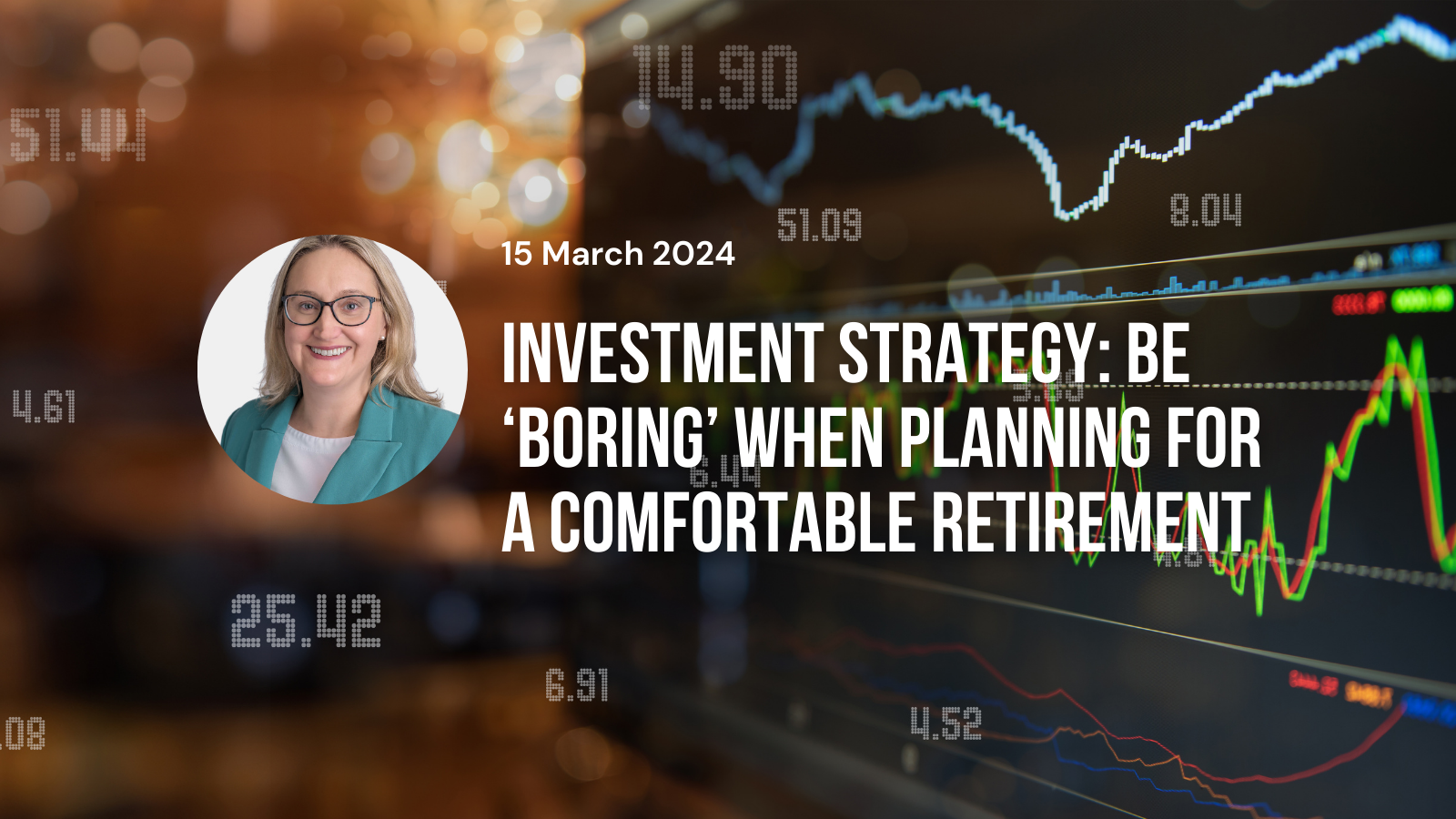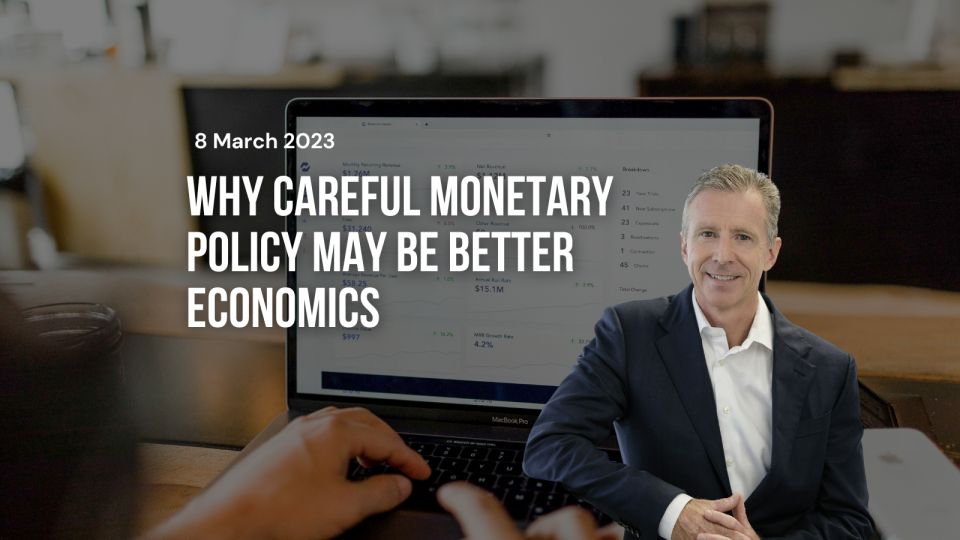

Investment Strategy: Be ‘Boring’ when planning for a comfortable retirement
Sometimes it’s OK to be boring.
A member reminded me recently that investment strategies don’t have to be exciting or cutting edge to be worthwhile. This holds both in boom times and in periods of market uncertainty – selecting investments that are more likely to deliver longer-term returns are sometimes better than the high-risk, high reward plays.
Market stability and growth
The good news is that the increasing cost of living for retirees is easing. Data from the Association of Superannuation Funds of Australia shows that the cost of a comfortable retirement increased by 0.59 per cent overall in the December quarter 2023 for couples (0.58 per cent for singles).
This is significantly lower than the previous September quarter, where the Retirement Standard rose by 1.3 per cent for couples and 1.5 per cent for singles. That quarter found that 53% of retirees were being “kept awake” at night with the concern that they would outlive their savings.
Yet, while things are heading in the right direction, it’s still tough out there. The increase in the comfortable retirement threshold for the overall year was 3.5 per cent. That’s more than double the amount the pension increased by.
So, as all retirees know, the only way to ensure a comfortable retirement is to self-fund it, and the returns from your SMSF portfolio and other investments need to be greater than the rate with which a comfortable retirement can be financed.
Generating positive momentum in a “dynamic” market
Overall, the ASX has been a stable growth story. The ASX 200 has been on a steadily upward trajectory from 27 February 2009, and a low of 3,344. There have naturally been dips along the way, but that 15-year journey has taken the market to a high of 7,847 on 8 March this year. However, at the same time, of the 14 new stocks added to the ASX 300, just six of them have been profitable.
Strategies for managing risk
In other words, market volatility is adding to the risk of speculating. At a time when you want your portfolio to outperform a significant gain in the cost of living, two lessons are more critical than ever:
1) Do your research. If you do have money that you can afford to risk and have the time to monitor market movements closely, there are exciting opportunities in the share market. Properly understanding market dynamics means more than simply monitoring stock prices, and for those who are newer to active investing, a course such as the ASA’s wInvest can help to understand the full scope of what “do your research” means.
At all times, however, make sure that you’re only investing what you can afford to lose when chasing these opportunities.
2) Be boring. It is an unexciting recommendation to make, but with the ASX 200 outpacing the rising cost of living, the overall shares that you have in those organisations, as “boring” as they may be, are more than capable of underpinning steady gains across your portfolio. Coupled with a diversified portfolio featuring different assets, a well-balanced SMSF is in a good position to naturally outpace the market without the need to think creatively or take on additional risk.
Remember: Purely on the numbers, self-funding your retirement is the only way to ensure that it’s a comfortable one. During the years when you’re looking to build wealth a greater appetite for risk is often seen as acceptable. While you’re working there’s always more money that can be earned to feather the bed from any losses. When your investments are your only source of financial independence, however, you need to have a different perspective on risk. If a low-risk portfolio provides substantial enough gains, then your best practice approach to your financial planning becomes all the easier.





